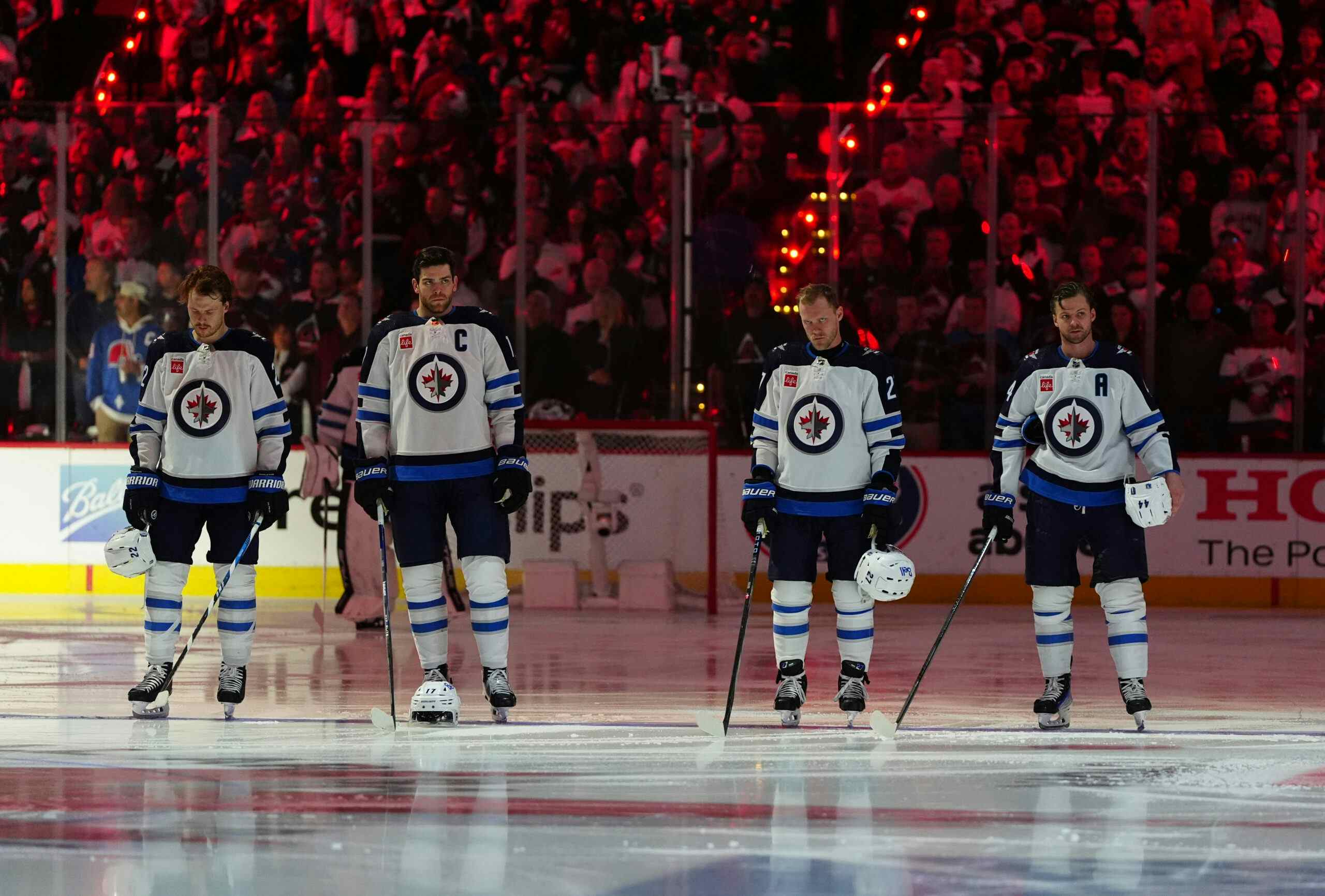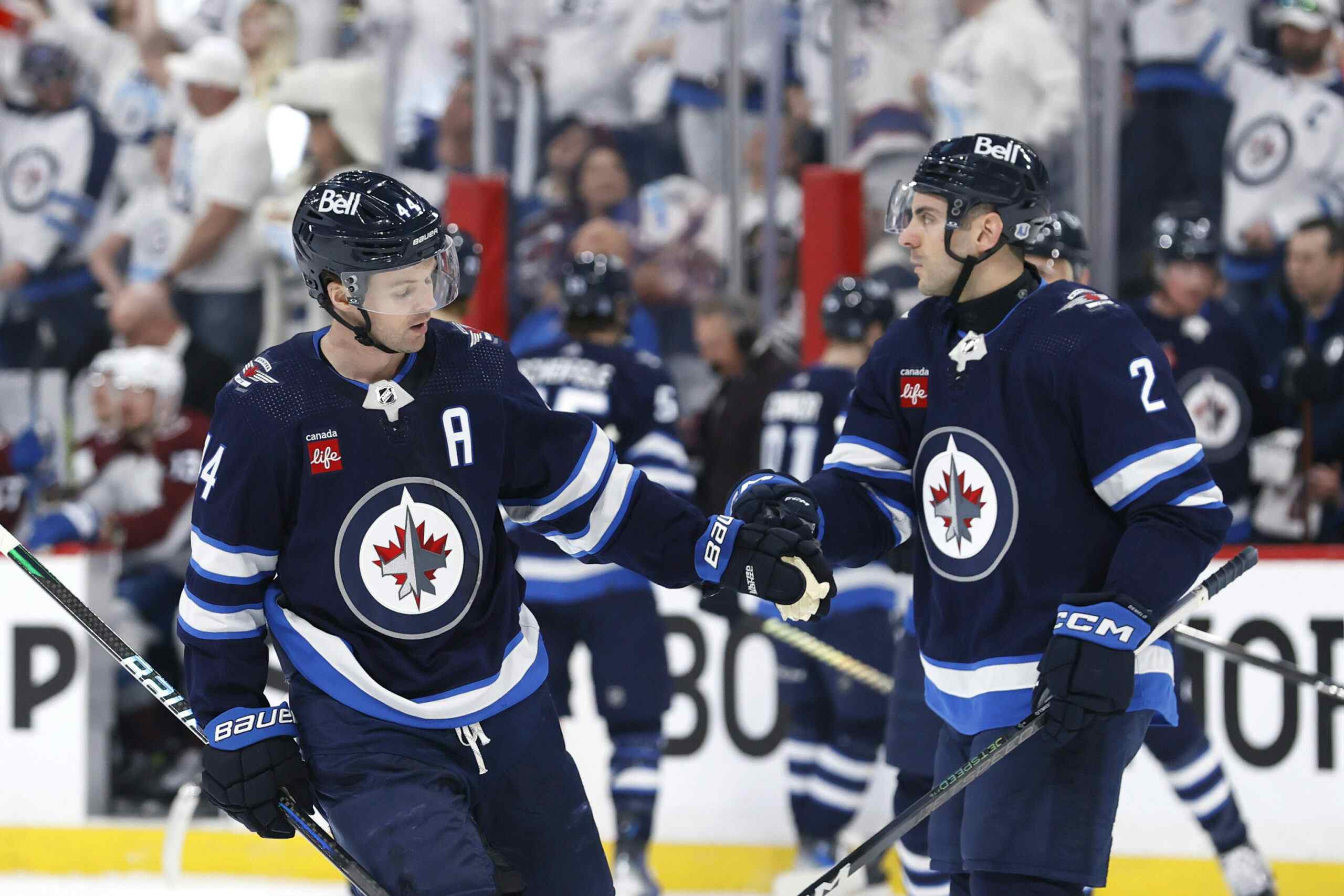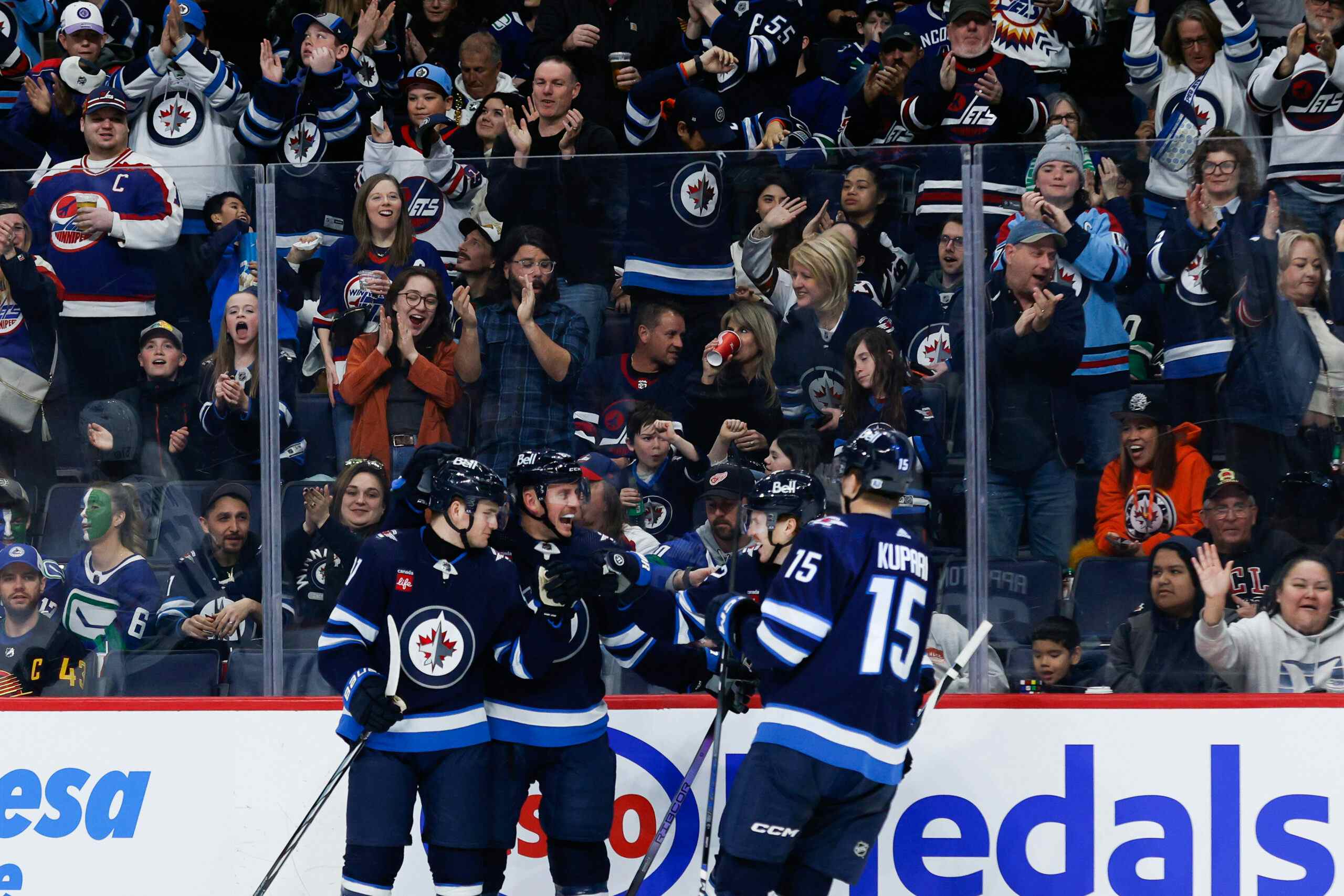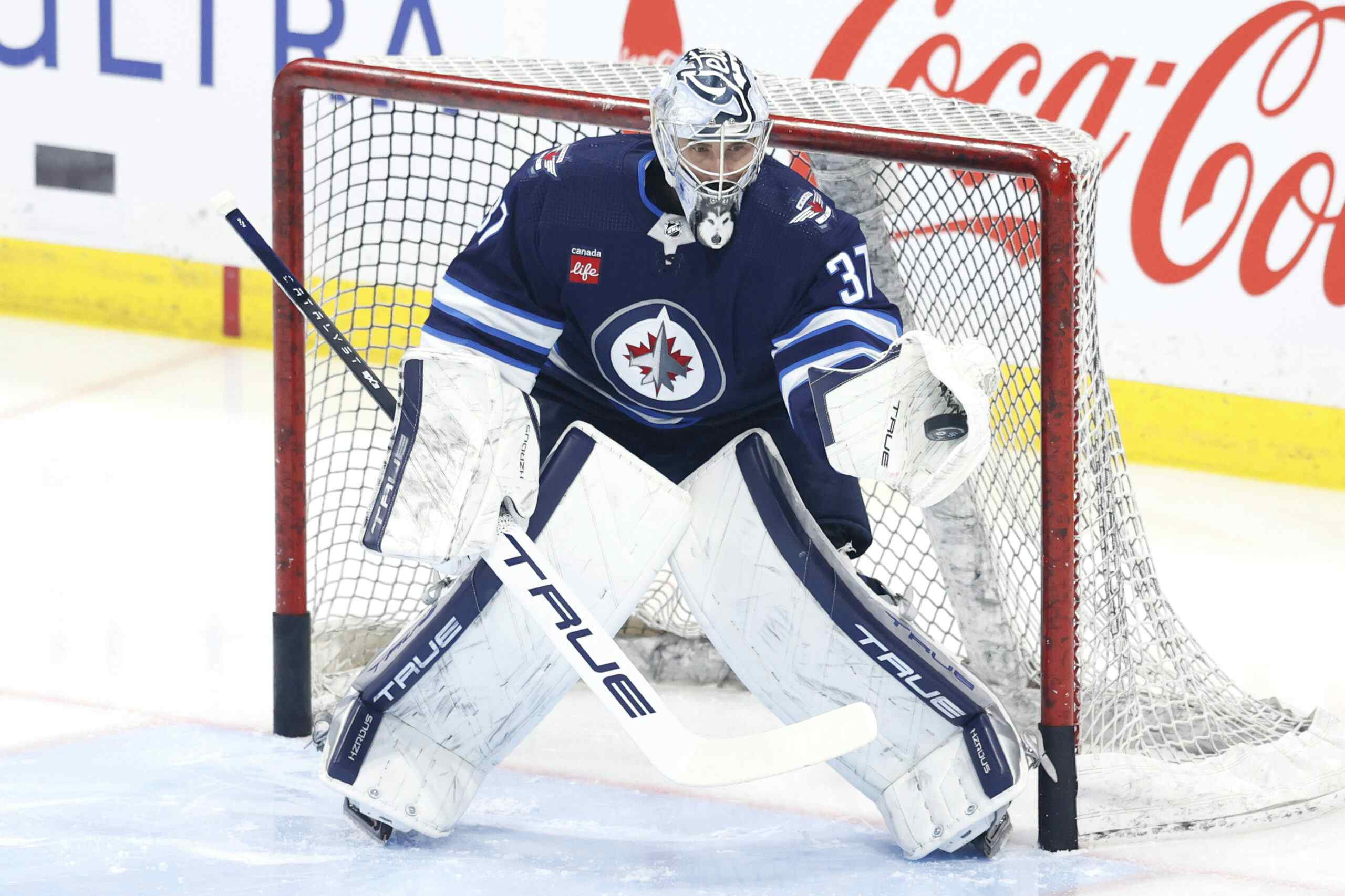Why the Jets penalties are a big issue, and not just how often they are shorthanded
By Garret Hohl
8 years ago
The Winnipeg Jets were one of the best even strength teams last year, but were pushed back to bubble team thanks in part to special teams.
While it may be early, it seems that special teams are once again pushing the Jets back.
Let’s take a look at what’s going on.
The Winnipeg Jets are once again a dominant team at 5v5. The Jets carry the eighth highest score-adjusted Corsi with controlling 52.4 per cent of shot attempts. Their goal differential for 5v5 minutes is sixth in the league, with 5 more goals scored than allowed.
Despite this excellent performance for even strength minutes, there has been an anchor pulling the Jets down. The Jets are 14th in goal differential when combining all situations. In a tight race like the Central Division, that could be the difference of making it to the dance or looking in from the outside.
Last year the Jets spent the season as the team with the most minutes playing with a disadvantage, and the Jets have picked up where they left off:

In hockey though it’s not about how many goals you score or how many you allow, but how many more you score than you allow. Just like with special team minutes, it is about the difference in the minutes you play on the power play versus the penalty kill.
Using minutes can skew reality due to the possibility of early goals. Instead, we should focus on the quantity of penalties called and drawn on the Jets.
Doing so, we do not find a pretty picture:

While the Jets are not the worst in penalty differential for either 5v5 or non-5v5 minutes, they are consistently bad enough in both that the end up the worst overall.
The Jets have drawn 57 penalties so far this year, which is about league average. They have been called for 70 though, the 4th highest in the NHL.
So who is to blame?

It should be noted that the average defender tends to have a negative penalty differential, while the average forward has a positive one. It comes with the nature of the job and the environment forcing defenders to sometimes take obstruction penalties on forwards.
Size does put the Jets at a disadvantage, as does their physical game. Still some of the fault falls on themselves.
We know that Byfuglien rarely draws penalties and sometimes is called for them simply because he is big, but he can have his own errors created as well.
It does just end with the number of penalties though.
Last season the Jets were called for more penalties than they drew, but they were able to reduce the impact somewhat with a very effective penalty kill. This season though has not been the same.
The Jets generate 97.4 shots (goals, saves, misses, and blocks) per sixty minutes of power play time. This is just slightly above league average production.
On the penalty kill though the Jets have allowed 107.8 shots per sixty minutes, over 10 more shots. The Jets’ have been the 4th most porous team per minute in the NHL.
Combine these two factors and the Jets have allowed a league leading 160 shots against and 47 high-danger shots against. The Jets’ overall allow 14.03 shot attempts more than they create per sixty minutes of special teams minutes.
The shot quality factor has been a problem as well:

The image on the left shows the Jets’ shot generation rate on the power play relative to league average – with 1.0 and green being at league average. The image on the right shows the Jets’ shot allowance rate on the penalty kill.
The Jets have been about league average in shot generation on the power play. Although, there are some concerns that the Jets struggle to generate shots in the low slot, or the highest chance in scoring area.
On the penalty kill the Jets have been exceptionally ugly. Not only are they allowing more than average, they have been extremely poor in repressing shots against in the low slot.
Overall we have an average power play team creating an average number of power play opportunities; however, in short handed minutes the Jets have been exceptionally bad in repressing shots and quality of shots while also being terrible in avoiding those situations.
The Jets may be a top team at 5v5, but if they don’t start fixing their penalty woes and penalty killing deficiencies there could be troubles. The Jets may end up losing games where they are the better team. In the Central Division, that’s a problem.
All numbers are courtesy of WAR-on-ice.com
Recent articles from Garret Hohl





